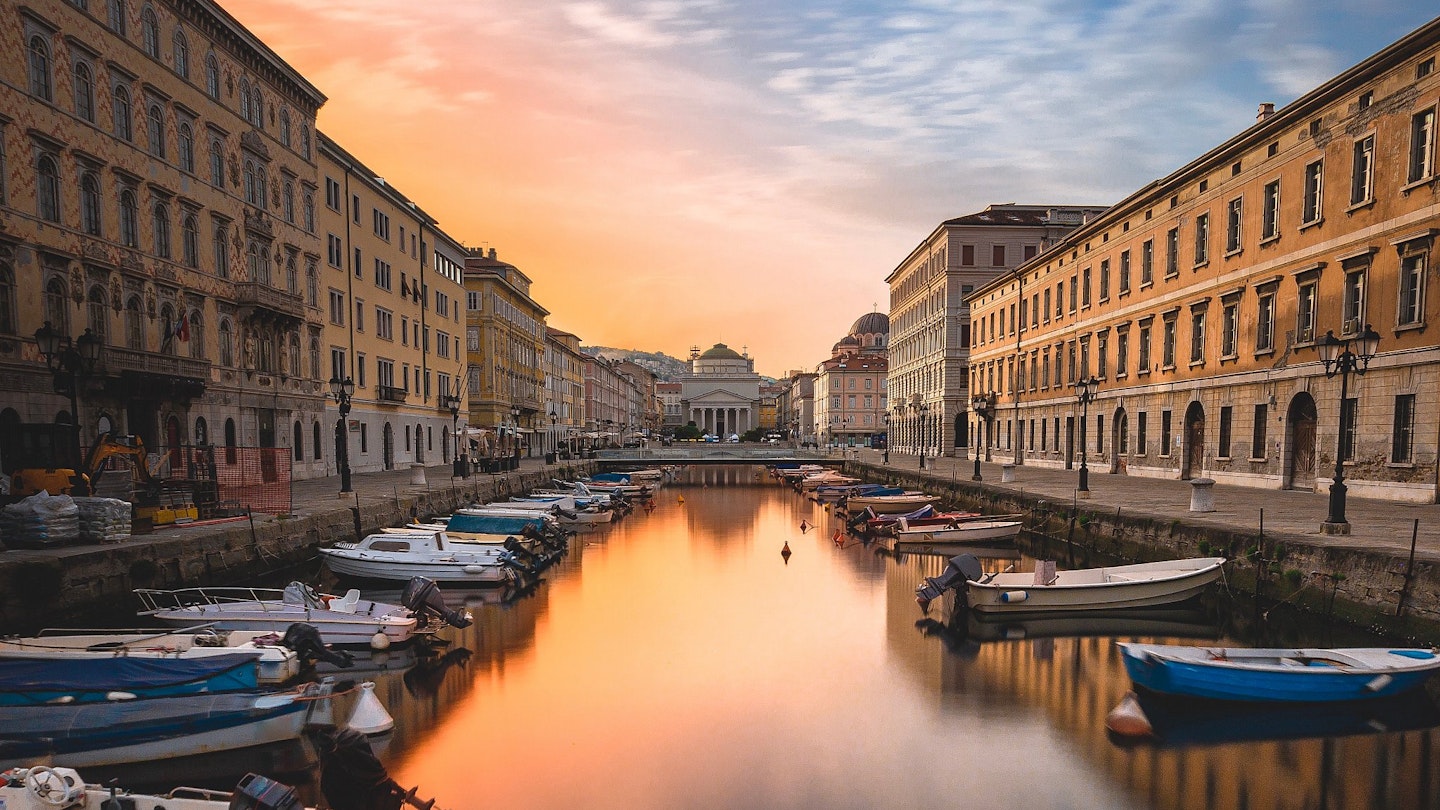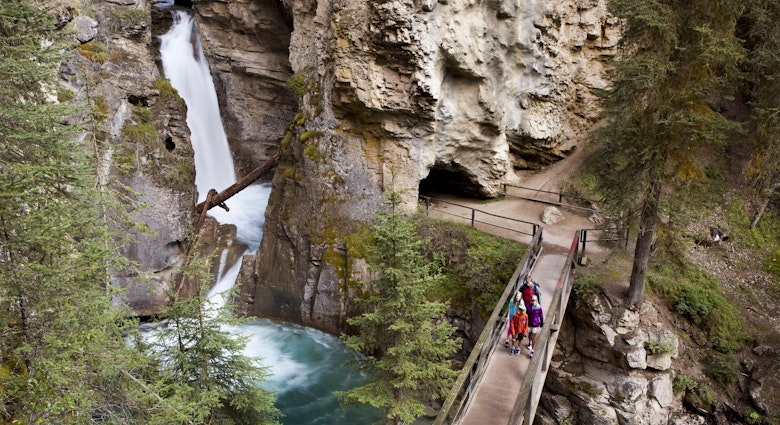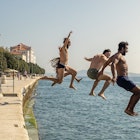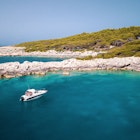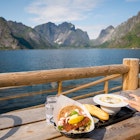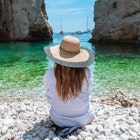For years Trieste has laboured beneath its reputation for melancholy. Twenty years ago, travel writer Jan Morris called it the ultimate “nowhere-place”: an Italian city suspended in a vanished Austro-Hungarian past surrounded on all sides by Slovenia, Croatia and the Adriatic Sea. But borders aren’t where things end, they are where they begin, and Trieste is finally on the radar.
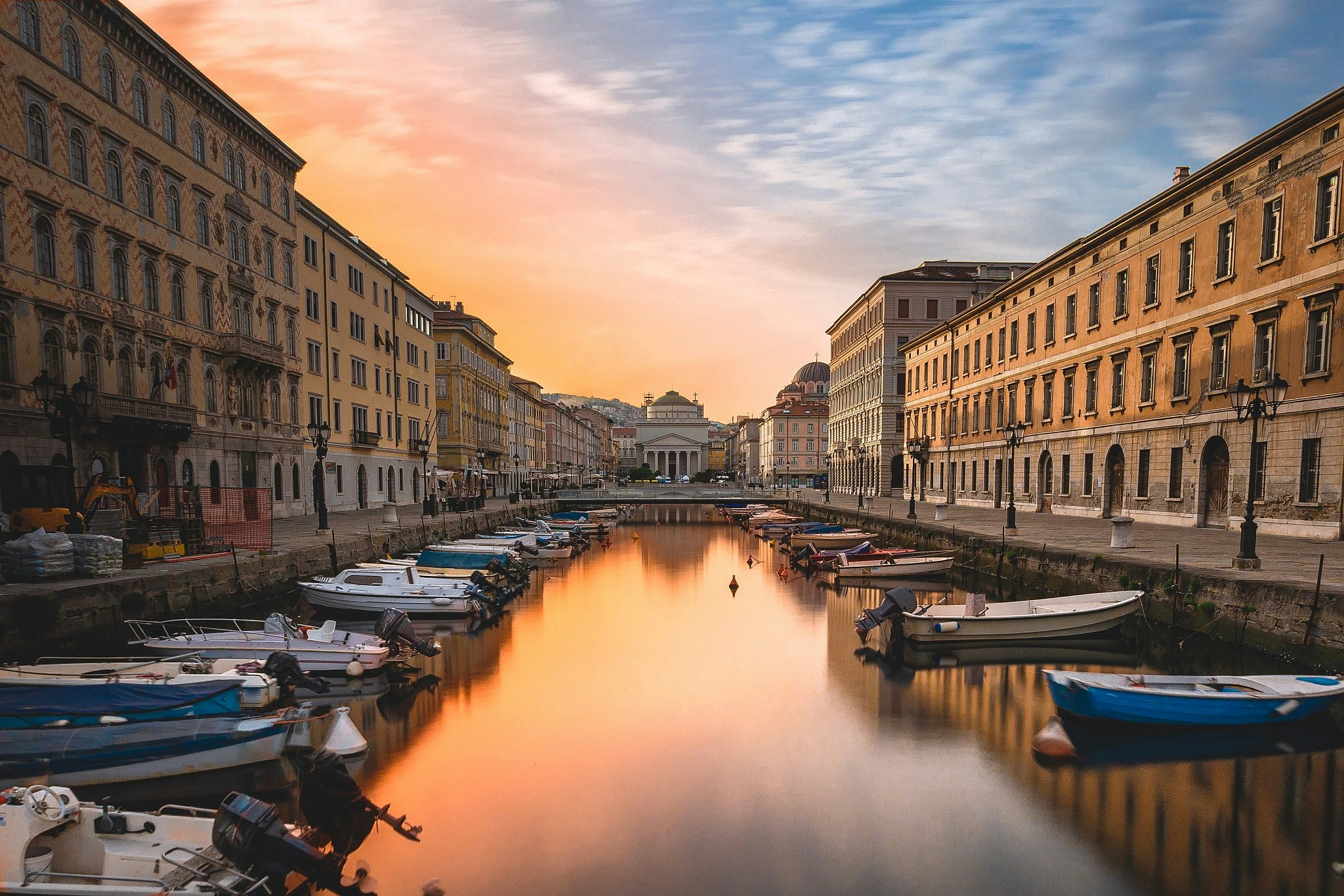
A Capital of Science
Trieste’s location at the top of the Adriatic has always defined it. It was invented as a port town and turbo-charged its fortunes after Austrian Emperor Charles VI declared its port “free” in 1719. The old port is also key to the city’s vigorous revival. Slowly abandoned after World War I, the 600,000 sq metres of prime waterfront is now being renovated and will be the centrepiece of events in 2020 when Trieste becomes Europe’s Capital of Science. At its heart there will be a Museum of the Sea, and from 27 June to 11 July the city’s theatres and public spaces will hum with imaginative shows, exhibitions and activities as part of a Science in the City Festival.

Trieste: a city for everybody
Trieste is the polyglot capital of the northeastern Italian province of Friuli Venezia Giulia. From 1380 to World War I it was under Hapsburg rule and provided a gateway to the world for all of central Europe. Take a stroll around town and within 30 minutes you’ll pass the Serbian Orthodox San Spiridone church, the Catholic church of Sant’Antonio Taumaturgo, the Greek Orthodox San Nicolò and one of the largest synagogues in Europe. Even the Triestine dialect incorporates traces of German, Italian, Slovene, Greek and Croatian.
As the jewel in the Austro-Hungarian Empire’s crown, the city fostered diversity, keen to attract wealthy immigrants. If you want to see just how wealthy they were pay a visit to the Museo Revoltella, the dazzling mansion of Pasquale Revoltella, a timber merchant who helped finance the Suez Canal, and who spent much of his money supporting local artists. His legacy was so large that the museum continues to augment the collection which now occupies two adjoining palaces taking up most of a city block.

The architecture of Empires
Despite being home to only 200,000 people, Trieste has the gravitas of a capital city and the architecture to match. There’s a 1st-century Roman theatre in the city centre, which now hosts summer concerts. Up above, the San Giusto Cathedral and adjoining Hapsburg castle are built on top of Roman ruins and are filled with Byzantine mosaics and Baroque frescoes. A tight medieval core tumbles down the surrounding hillside through what was the Jewish Ghetto to the Borgo Teresiano, the “new” quarter that bears the name of Hapsburg empress Maria Teresa.
She ordered its construction on salt flats around 1740 and at a stroke transformed Trieste into a modern metropolis. Its elegant boulevards and squares are punctuated with grand theatres like Teatro Verdi and fin-de-siècle cafes, such as Caffè San Marco, now celebrating its 105th year, and Caffè degli Specchi, a hall of mirrors with front row seats on the city’s monumental centrepiece, Piazza Unità d’Italia.
As European empires rose and fell, Trieste found itself on the frontline of history, most notably in two World Wars, which left the city its art deco lighthouse, the Faro della Vittoria, the monumental Fascist university on the Scoglietto hill, and the Nazi concentration camp at the old rice mill, Risiera di San Sabba, which now houses a haunting museum. In the wake of those horrifying years, Antonio Santin, Bishop of Trieste and Koper (in Slovenia), built the extraordinary Brutalist Temple of Monte Grisa as a reminder of the essential peace and unity among people.
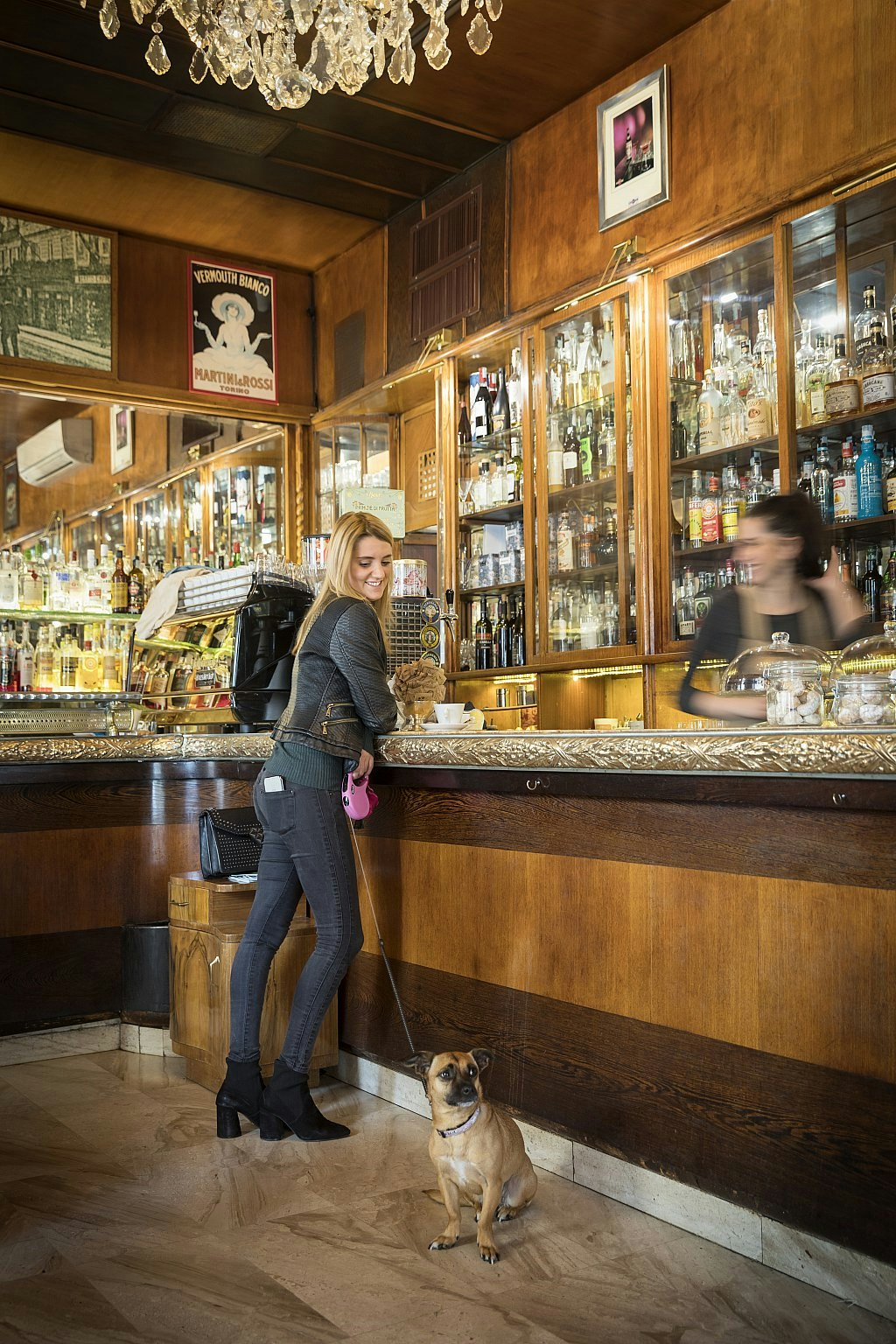
Cosmopolitan dining and drinking
It’s impossible to talk about Trieste’s melange of cultures without mentioning food. Sure, there are superb Italian restaurants here, including the newly minted Michelin-starred Harry’s Piccolo, set in the 700-year-old Grand Hotel Duchi d’Aosta. But Austrian and Slovenian influences are just as strong. Everywhere you go you’ll encounter “buffets”, dark inviting taverns that originally served fast food to sailors and dockers. Lunch here on jota (a Triestino stew made of sauerkraut, beans, potatoes and sausage) or tender hunks of roast pork served with kren (freshly grated horseradish). Da Siora Rosa and Buffet Rudy are two of the best.
These days in Trieste, it feels like everything old is new again. The city’s thriving coffee culture (Trieste is Italy’s biggest consumer) and heritage Austrian brew pubs segue neatly with the contemporary craze for craft beer and cult coffee. Likewise, Piolo e Max have re-invented the regional tradition of after-dinner digestivo, by infusing local grappas and bitters with fragrant botanicals. Even the city’s signature aperitivo, the “hugo” (a blend of Tyrolean elderflower, Italian Prosecco, mint and lime), feels like a smarter and more sophisticated take on the splashy orange Aperol spritz. Try one on the rooftop of The Pier, a bar perched on top of the San Giusto yacht club.

Discovering Trieste means getting out of town
Triestini are the first to admit that they have an enviable quality of life, and this quality benefits travellers, too. You can spend weeks here, launching off on the Delfino Verde ferry to the Venetian fishing port of Muggia or the sandy, barrier island of Grado. You can take the bus to Bagnoli and cycle up the Val Rosandra along the old railway line from Trieste to Draga Sant’Elia in Slovenia. Or, you can head in the other direction to the Duino Castle and hike along the coastal cliffs where poet Rainer Maria Rilke found inspiration for his Elegies. City lidos like the Bagno Marino Lanterna provide daily dips, or escape to the 10km-long waterfront promenade of Barcola for late-afternoon swims and fried fish suppers.
There’s diving, too, with the World Wildlife Fund in the Miramare Marine Reserve, just beneath the candy-coloured Castello di Miramare. Or discover the vineyards on the pock-marked karst plateau, where world-class vintners such as Skerk and Zidarich create outstanding natural wines. The Strada Napoleonica hiking trail traces a path along the plateau between osmize (pop-up farm restaurants) where you can stop for wine tastings with views over the city.
It is these easy pleasures, plus the ever-present view of the bright blue bay, that hold the real magic of Trieste. Like many before you, you might find yourself staying longer than you planned.
You might also like these
World Pasta Day: where to find your favourite pasta shapes
Italy's seven best hikes: majestic mountains, dramatic coastlines and smouldering volcanoes
Italy’s best dishes and where to try them

